As the ASEAN Summit 2025 draws to a close, one thing becomes clear Southeast Asia is entering a new era of regional collaboration, and Malaysia is poised to become its aviation heartbeat. From Kuala Lumpur’s expanding Aeropolis to the revitalized Subang Airport, the skies above Malaysia are echoing with ambition, innovation, and strategic intent.
The New Face of ASEAN Aviation
This year’s summit saw leaders reaffirm their commitment to strengthening regional connectivity and defense cooperation, setting the stage for a new aviation landscape across Asia. With the inclusion of Timor-Leste as the 11th member of ASEAN, the bloc now commands even greater geographical and economic reach from the Indian Ocean to the Pacific Rim.
For Malaysia, this expansion isn’t just symbolic. It’s an opportunity to lead to bridge older and emerging economies through aviation diplomacy, training excellence, and sustainable infrastructure.
The presence of U.S. Secretary of Defense Pete Hegseth during the ASEAN Defense and Aviation discussions added another layer of strategic importance. His participation highlights how Southeast Asia and Malaysia in particular is increasingly seen as a stabilizing aviation and defense hub in a region marked by both competition and cooperation.
Prime Minister Anwar Ibrahim’s Vision: Steering Malaysia Skyward
Under Prime Minister Datuk Seri Anwar Ibrahim’s leadership, Malaysia’s aviation sector is undergoing a quiet transformation one anchored in the Madani Economy and guided by principles of sustainability, inclusivity, and strategic collaboration.
Anwar’s vision places aviation as a key pillar of Malaysia’s long-term economic development. The Subang Airport Regeneration Project, KLIA Aeropolis, and national push for aerospace manufacturing and maintenance (MRO) are more than infrastructure projects; they are catalysts for job creation, tourism growth, and high-value investment.
At the heart of this transformation lies a belief that aviation is the bloodstream of a modern economy. The Prime Minister’s administration has been pushing for integration between aviation, tourism, and healthcare positioning Malaysia as a regional medevac and air mobility hub that can serve ASEAN and beyond.
Timor Leste’s Entry: A Gateway for New Routes and Cooperation
Timor Leste’s entry into ASEAN presents unique opportunities for Malaysia’s airlines, MRO operators, and aviation training institutions. As a young nation with growing infrastructure needs, Timor Leste offers fertile ground for partnerships in pilot training, aircraft maintenance, and regional air logistics.
Malaysia’s experience through companies like Malaysia Airlines, Asia Digital Engineering, and private operators positions it as an ideal mentor and collaborator. With the support of ASEAN frameworks and Malaysia’s open-door diplomacy, we could soon see new aviation corridors connecting Dili, Kuala Lumpur, and other regional capitals.
The country is home to:
- KLIA, one of the most advanced airports in the region, handling over 50 million passengers annually.
- Subang Airport, now evolving into a dedicated city airport for business jets, MRO, and medevac operations.
- Langkawi Aerospace Cluster, which is attracting private and defense aviation research.
Beyond physical assets, Malaysia’s aviation ecosystem from regulatory efficiency to educational excellence continues to attract foreign investment. Initiatives under MyAviation Magazine and the private sector are amplifying Malaysia’s story to the global stage, ensuring that aviation isn’t just an industry, but a national identity.
A Future Written in the Skies
As the engines roar and flight paths cross over ASEAN’s growing skyline, Malaysia’s role becomes increasingly clear: a connector, a leader, and a trusted partner in Asia’s aviation future.
The collaboration between governments, airlines, private jet operators, and medevac providers will determine how the next decade unfolds. And under the guiding hand of Prime Minister Anwar Ibrahim’s pragmatic leadership, Malaysia is well on course to achieve its vision of being the aviation bridge of Asia by 2030.


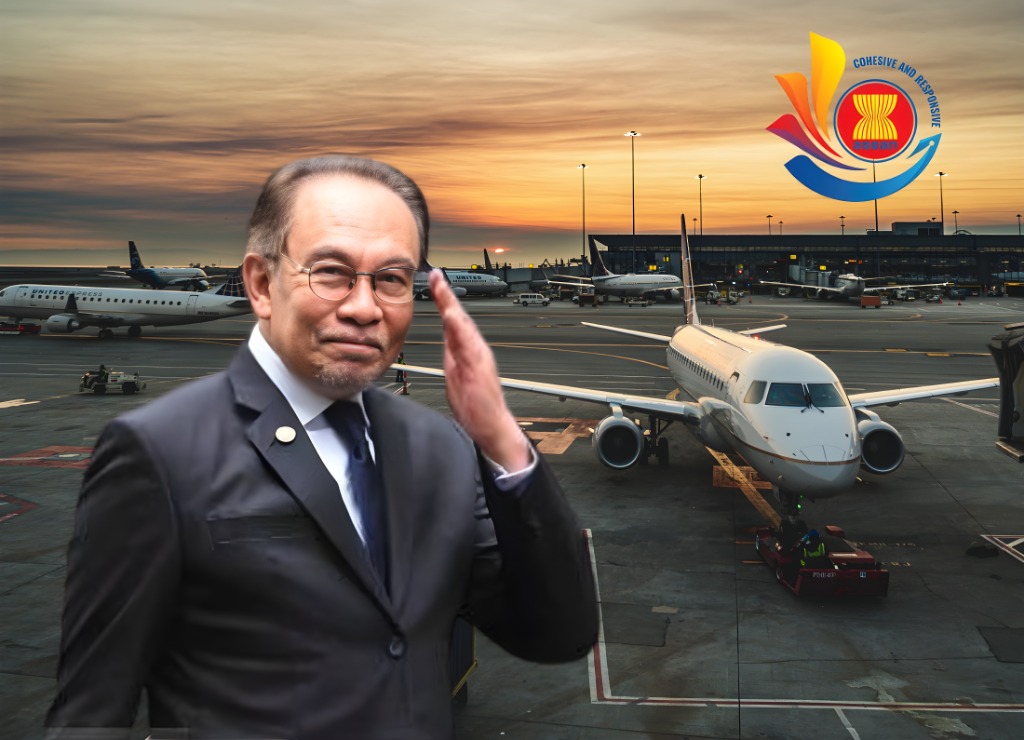


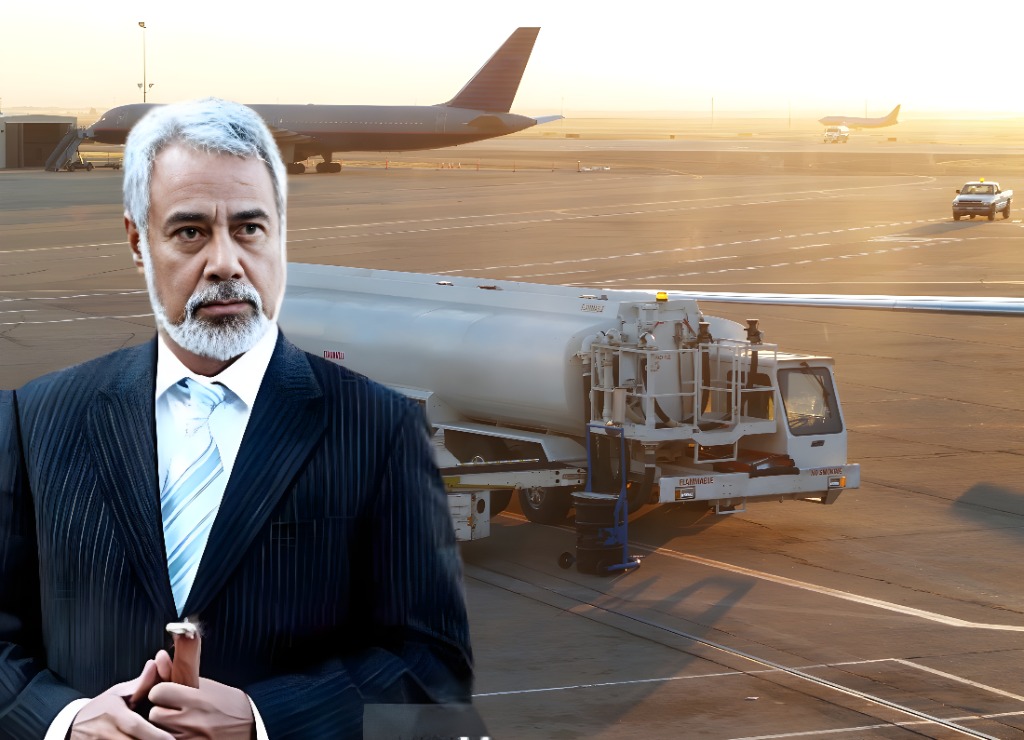
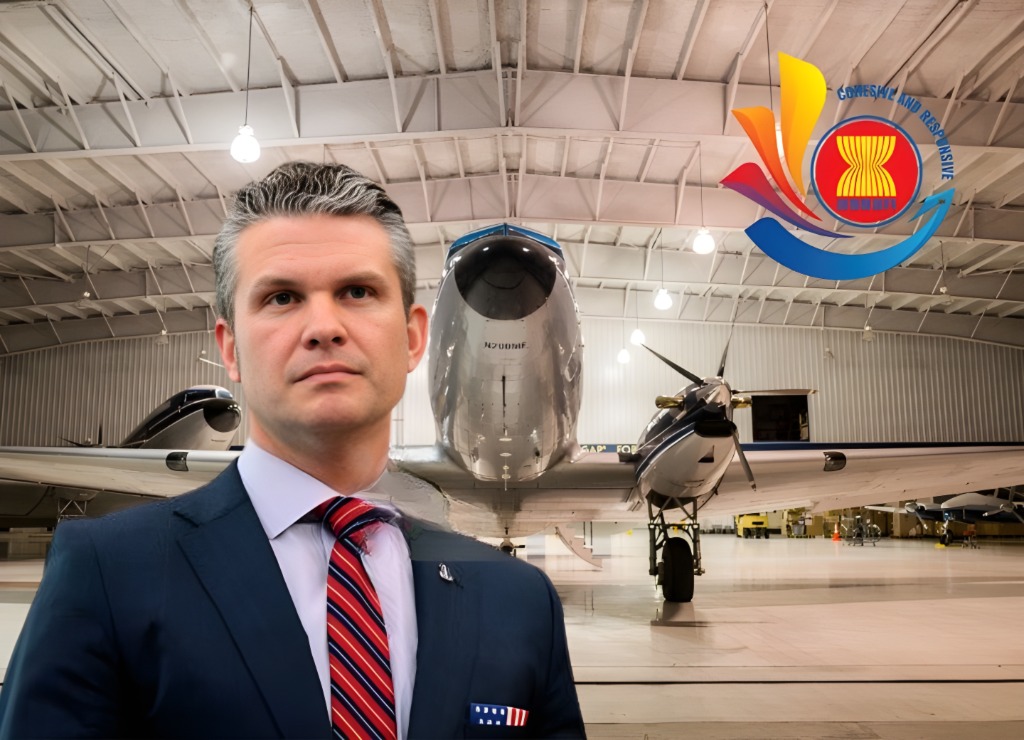

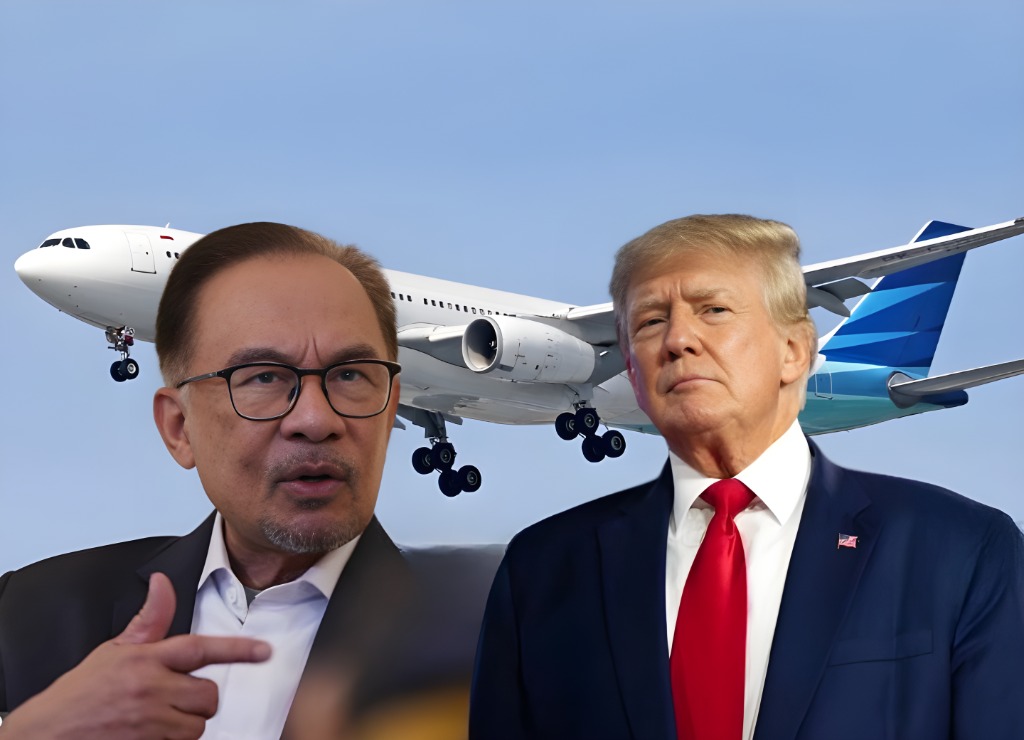


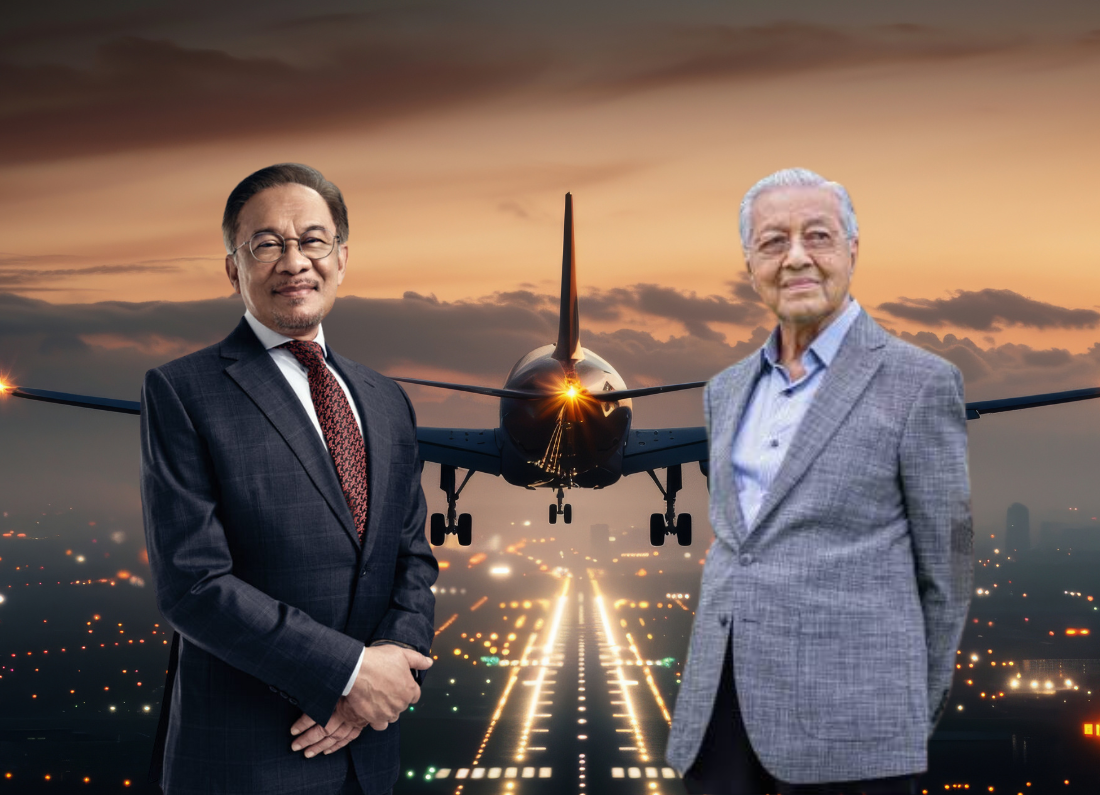




Leave a Reply